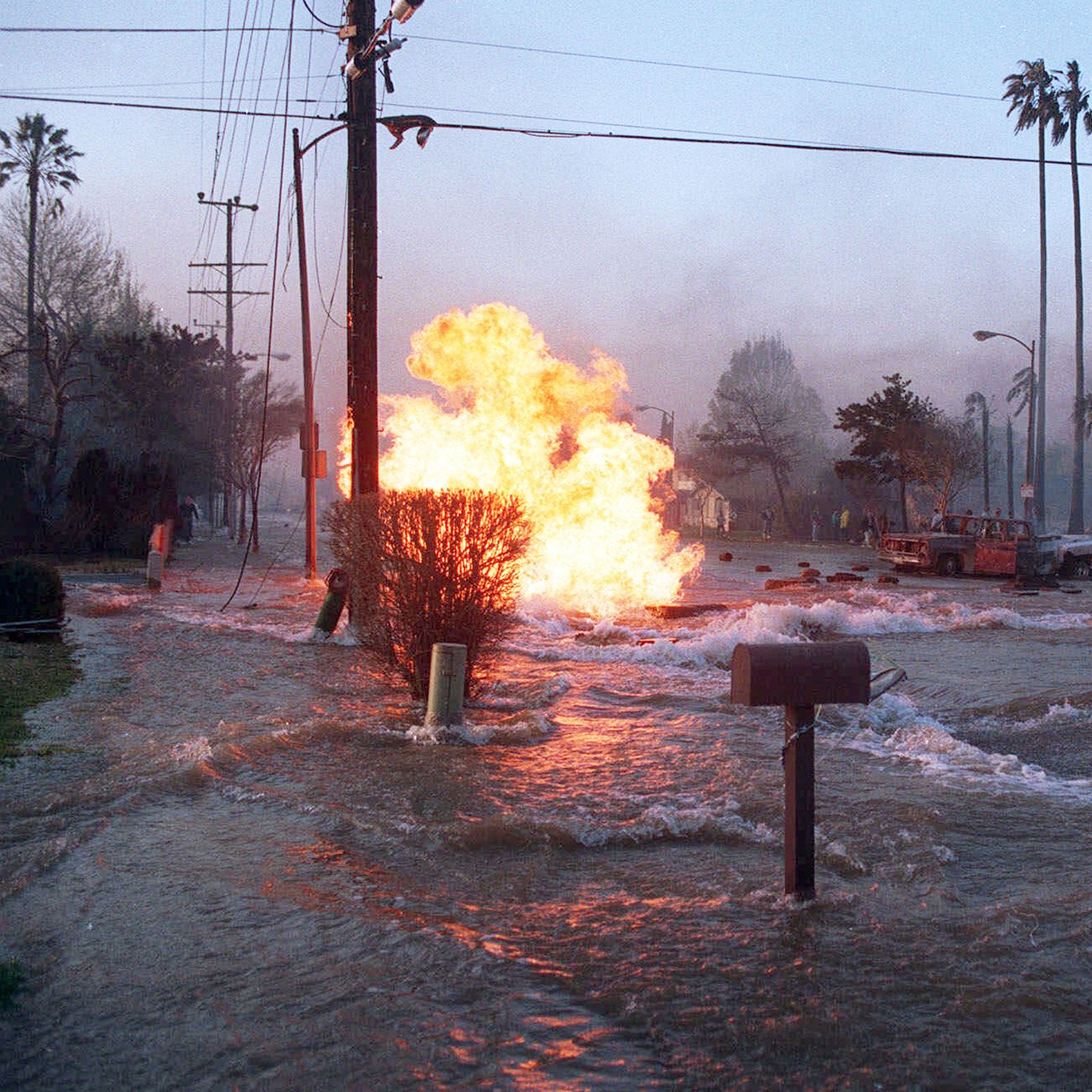Is audio the best way to freak out about the future? Two new podcasts are making a strong case for it. The ongoing����presents��New Mexico as a case study for how climate is changing landscapes and resource access��and what state and local government can do about it.��And over ten episodes,����unpacks the consequences of the magnitude-7.8 earthquake that has a predicted 50 percent chance of hitting Southern California in the next 50 years. The two podcasts are menacing on different levels—what’s more terrifying, the slow roll of global warming or the trauma of an earthquake? But both tap into the intimacy and fluid nature of audio to look at the political structures and human actions that are going to impact our physical reality.
“Audio lets us be more casual, which opens up some interesting conversations,” says Cally Carswell, a cohost of Hot and Dry,��which is self-published. Last year, Carswell, an����for High Country News,��was working on����for the site��about how climate was impacting her home in Santa Fe. In her reporting, she realized two things: that she really loved digging into the dirt of local environmental politics, and that the local information she wanted was surprisingly hard to find.
“We have no reporter in Santa Fe who goes to every water meeting, which seems crazy to me,” she says. “It’s such an important issue here, so at the local news level, I was surprised at what I wasn’t hearing.”
She started spitballing with her future cohost, Colin Haffey, a Santa Fe–based��ecologist who’d worked with her��on past stories, about a potential podcast on the issues that impact New Mexico, like drought, oil and gas development, and recreation. Climate felt like a big topic to cover, but it was right before the 2018 election, when changes in the governor’s and state land offices, among others, meant that the political scene was changing and therefore��so was how the state would handle climate policy. Since��January, the two hosts have dug into issues like snowpack, utilities, and methane capture by pegging the podcast to the legislative session, showing how the state is addressing the issues—or not.����
The Big One, from��Southern California public-radio station KPCC, is hosted by��science reporter Jacob Margolis, who grew up in Los Angeles and has harrowing childhood memories of the last major Southern California earthquake, . He walks through what life in L.A. might look like after an earthquake decimates the metropolis and what people can do to be prepared. It happens in a future world, but he breaks back to current research to look at water systems, emergency response, and seismology.
The Big One aims to make complicated science tangible. The story unfolds like an old-school radio drama, in chapters that pace out the big questions of what will likely go down after an earthquake. What would happen to the public transportation? What would your walk home be like if the quake hit when you were at work? What is liquefaction, and why does it happen? The scenarios are��fictionalized and dramatized,��but, as in Hot and Dry,��the format allows Margolis to balance speculation about the��future��with present-day research.
Both podcasts brainstorm about what can be done��and how we’ll have to address the big, scary, inevitable environmental crises of our future. Carswell says that pulling back the curtain on local politics drove home to her the idea that engagement at this smaller scale is really important, and that when citizens know what’s going on, they can help lay the groundwork for political change. “What we’re seeing here is some version of what I think is a larger phenomenon,” she says. “One result of political drama is that people are reinvesting more at the state and local levels.” The same is true for The Big One, where Margolis stresses personal accountability in being prepared, and each episode comes with tips about what individuals can do if��an earthquake hits.
“I think in a lot of ways,��we don’t have good venues for talking about these kinds of big-picture, scary things, and we’re opening up a conversation,” Carswell says.


